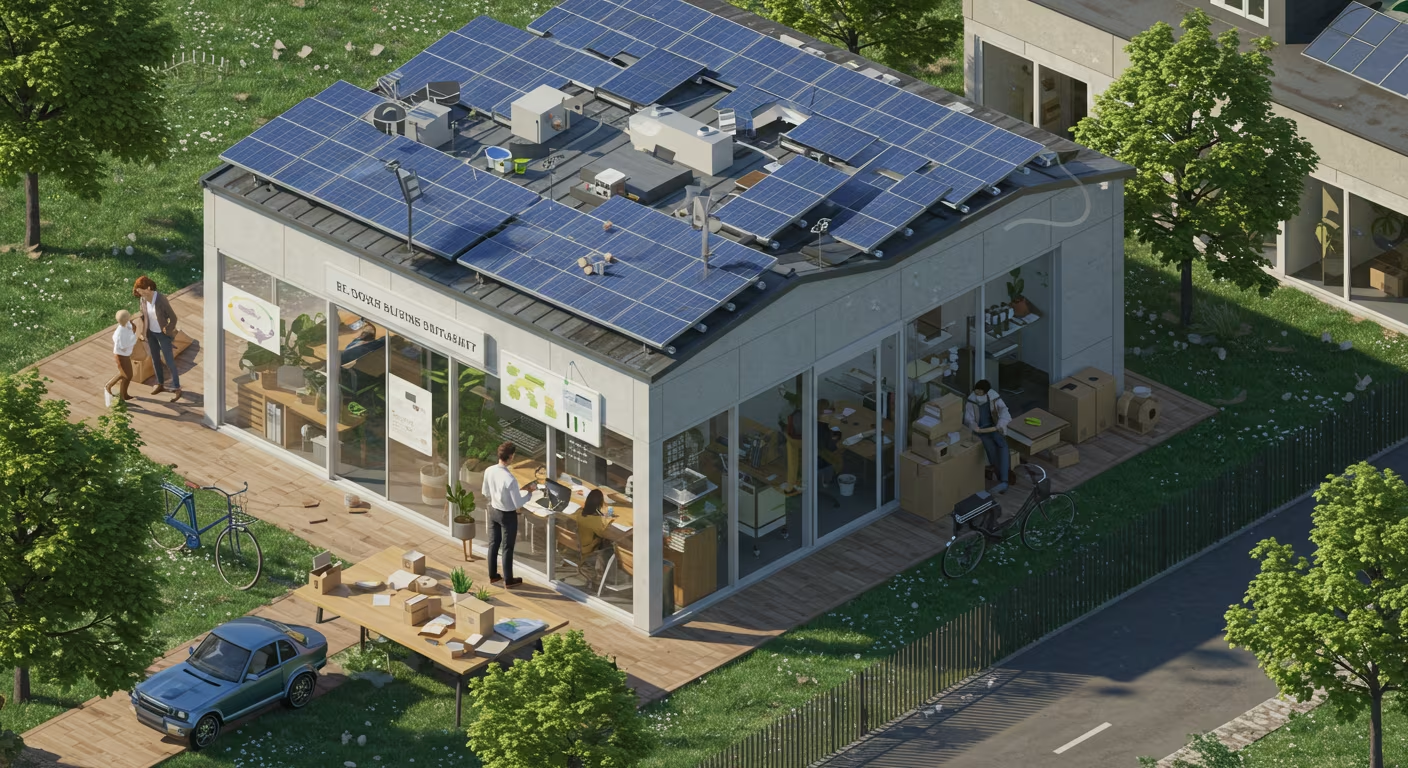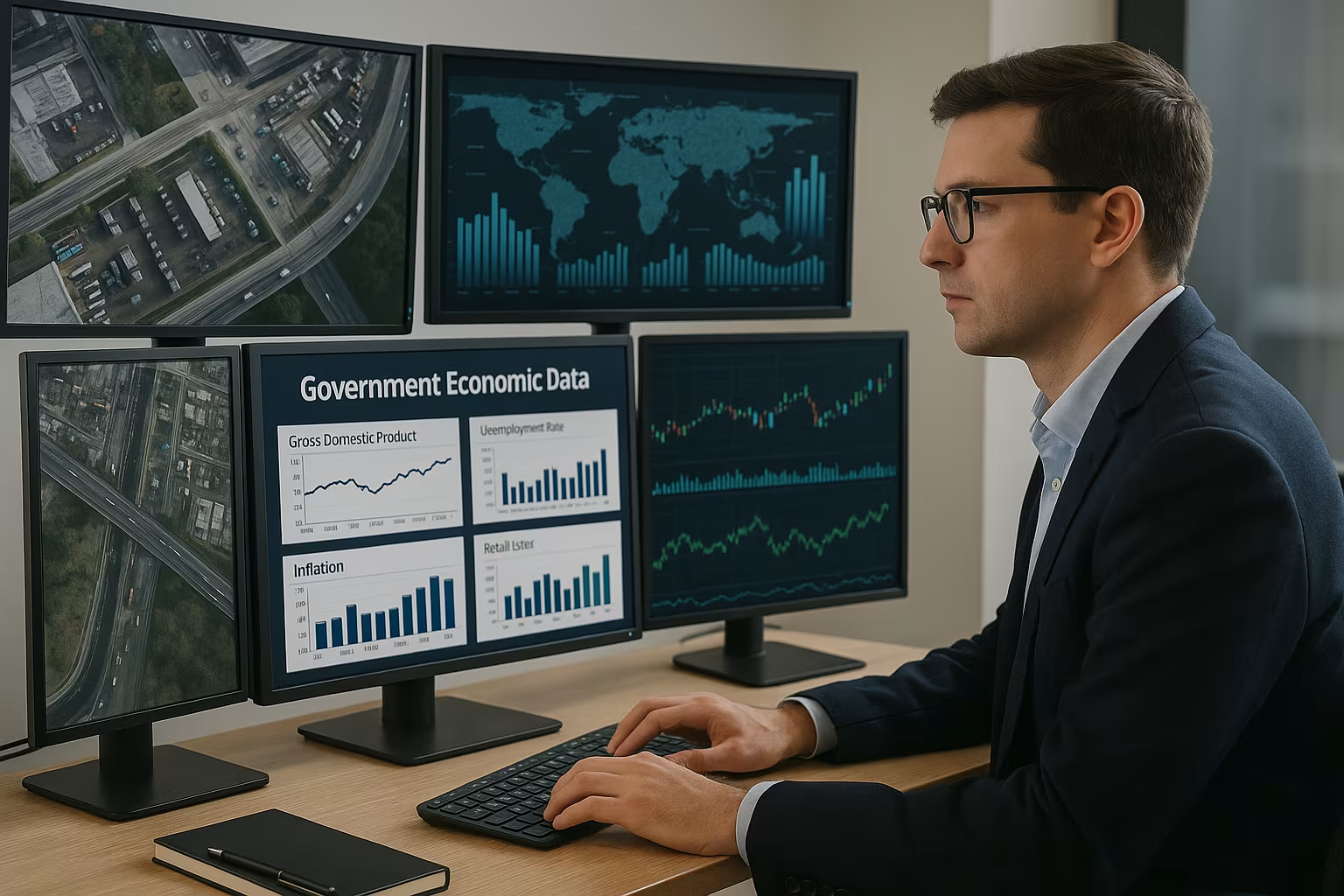In 2025, green business is no longer a fringe movement—it is a driving force in the global and U.S. economy. What once began as an ethical shift for environmentally conscious consumers has evolved into a major market transformation, with sustainability now at the heart of innovation, investment, and corporate growth. Across industries, companies are building profitable futures not despite sustainability—but because of it.
The shift toward sustainable business practices is being driven by a powerful convergence of consumer behavior, government policy, investor priorities, and workforce expectations. Millennials and Gen Z, now the dominant consumer and employee demographics, demand that brands act responsibly toward the planet. Their purchasing decisions, social influence, and career choices are shaping how companies operate. In response, businesses are adopting sustainability as a core part of their brand and supply chain strategies—not just to comply with climate goals, but to seize growth opportunities.
The result? Green business is booming.
Across sectors such as renewable energy, electric vehicles, sustainable fashion, biodegradable packaging, regenerative agriculture, and green finance, companies are experiencing record growth. The green economy in the U.S. is generating hundreds of billions in annual revenue, and globally it’s projected to exceed $14 trillion by the end of the decade. In every corner of the country, companies that once focused purely on cost-cutting are now investing in clean technologies, circular design, and energy efficiency because they’ve seen the long-term financial payoff.
One of the major accelerators of this boom is public policy. The Inflation Reduction Act and other landmark legislation introduced over the past three years have unleashed billions of dollars in federal incentives aimed at green innovation and manufacturing. Solar panel producers, EV battery developers, wind turbine fabricators, and sustainable construction companies now benefit from tax credits, grants, and research subsidies that reduce the financial risk of scaling environmentally friendly products and services. For example, companies that meet labor and domestic sourcing requirements can access tax credits worth up to 70% of their clean energy project costs. This shift is turning sustainability into a strategic advantage.
But government support alone isn’t responsible for this growth. Businesses are responding to market forces. In 2025, nearly three-quarters of U.S. consumers say they prefer to purchase from environmentally responsible brands—even if it costs a little more. That consumer pressure is being felt from grocery aisles to boardrooms. Retailers are racing to reduce plastic packaging, e-commerce brands are promoting carbon-neutral delivery, and even fast food chains are exploring plant-based menu options to meet public expectations.
From a financial standpoint, the returns speak for themselves. Companies that have invested in sustainability are reaping the rewards—not only in brand loyalty but in cost savings and operational efficiency. Energy-efficient upgrades have helped reduce utility bills by up to 40% for many businesses. Sustainable product lines are commanding premium prices, with buyers willing to pay more for responsibly sourced goods. Meanwhile, ESG-aligned companies have consistently outperformed the broader market in long-term value creation.
The boom isn’t limited to large corporations. Local businesses and startups are also seeing the benefits of going green. Independent restaurants are switching to compostable containers and locally sourced ingredients. Real estate developers are incorporating solar panels, energy-efficient HVAC systems, and eco-friendly insulation into residential and commercial properties. E-commerce entrepreneurs are launching zero-waste shops and refill stations. These grassroots shifts are proving that sustainability can be scalable, profitable, and community-driven.
Workforce dynamics are another major factor. Today’s talent pool prioritizes purpose over perks. A majority of Gen Z workers are more likely to apply for jobs at companies with strong environmental credentials. For employers, having a sustainability mission is no longer optional—it’s critical to attracting and retaining top-tier talent. As competition for skilled professionals intensifies across sectors, green credentials have become a key differentiator in employer branding.
That said, the transition to a greener economy does not come without challenges. Businesses must navigate the risk of greenwashing, where misleading claims about sustainability can lead to public backlash. Access to capital for upfront investment in energy-efficient infrastructure or sustainable materials remains a hurdle for some small businesses. Additionally, supply chain disruptions and inflationary pressures have made it more difficult to source certified eco-products. However, many of these challenges are being addressed by emerging solutions, such as climate-focused venture capital, B Corp certifications, and software platforms that help businesses track their carbon footprint and ESG impact.
The businesses that succeed in the green economy of 2025 are those that treat sustainability as more than a checklist—they integrate it into their entire business model. From product development and logistics to marketing and customer engagement, green thinking is embedded in every function. Brands like Patagonia, Tesla, Beyond Meat, and Allbirds have become case studies in this approach, demonstrating how sustainability can drive innovation, revenue, and customer devotion.
Looking ahead, the next frontier of green business will be regenerative models. Instead of merely minimizing harm, companies will aim to create positive environmental and social impact through their operations. Circular economy principles, carbon-negative products, and nature-based solutions will become standard features in tomorrow’s business landscape.
In summary, 2025 marks a clear economic reality: green business is not just good ethics—it’s good economics. Whether driven by consumer preference, regulatory incentives, investor expectations, or workforce values, sustainability has become a cornerstone of long-term business success. Companies that embrace this shift are not only securing their own futures—they are shaping the next chapter of global commerce. In the decade ahead, the companies that thrive will not be those who do the most business, but those who do it best—for the planet and for the people.





